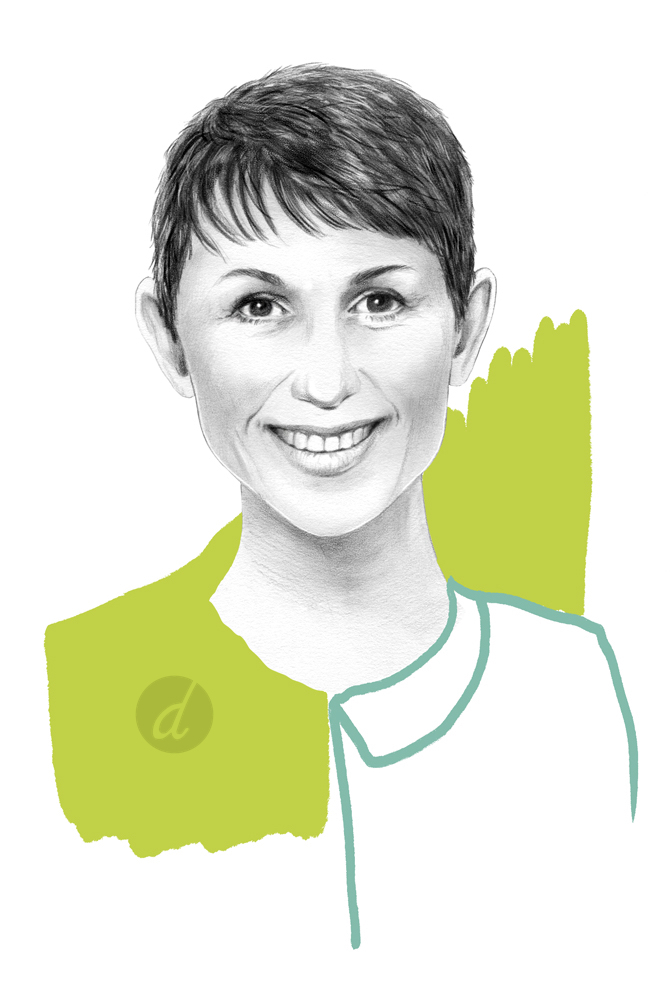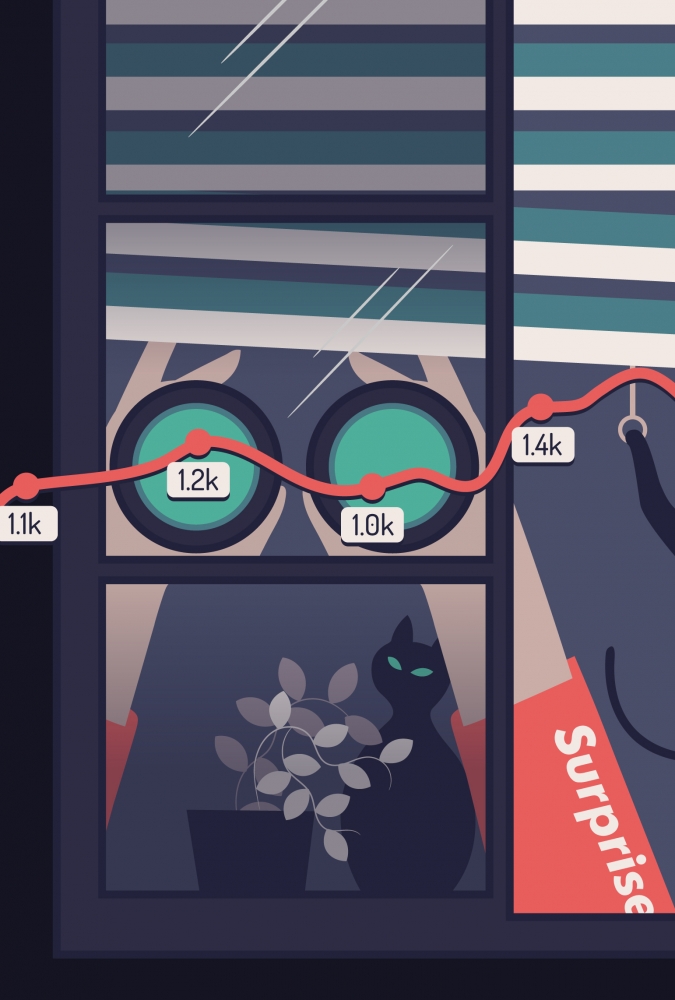
Julie Morgan discusses the space that Designing Women has created for women in the tech and design industry.
In 2014, you established Designing Women. Can you tell us a little bit about the organization and its goals?
At Designing Women, our mission is to champion and amplify female UX professionals. The organization came to be after having lunch with a few designers and researchers who expressed the need for a space where they could share their work in a more intimate setting. My aim was to create a safe space for people identifying as female to connect with each other, and to provide a platform that would allow us to elevate our discussions around UX.
My aim was to create a safe space for people identifying as female to connect with each other, and to provide a platform that would allow us to elevate our discussions around UX.
What was the incentive to creating Designing Women, and what would you say has propelled it into what it is today?
Tech and design are powerful forces that transform the ways people interact. Because of the depth and reach of this impact, I believe it’s all the more important to draw attention to the women working in the field who contribute and influence at scale.
The intersection of our views on current tech trends has proven to be quite captivating, in terms of the quality of topics we explore and the types of insights we pull. This is best illustrated by the growth of our email list. In 2015, we started with a group of 15–20 people; now our email list is approaching 1,000 subscribers.
Can you comment on the representation of women in the field? Have you found there to be an abundance or rather a lack of females working in UX and design?
It’s been surprisingly easy to find female speakers, despite the fact that only between 19 and 35% of tech workers identify as female. I’ve found that safe spaces for creativity draw talent, which is why creating such spaces is a crucial part of what Designing Women tries to do.
Were you a software developer, a designer, or an entrepreneur first? Did one bring out the other in you?
I entered into tech at the intersection of marketing and web development. Nowadays, I consider myself an interaction designer: someone who creates relationships between people, systems, and things. To me, coding, design, and events are overlapping platforms that build on each other to create a culture of innovation and community.
Our business is in driving diversity and inclusion in tech, as diverse voices amplify innovation.
As a woman starting a female-focused small business in a male-dominated field like tech or design, what was it like to market to such a specific group of people? What were your biggest challenges?
Designing Women is all about building relationships, finding a network, and supporting each other. Anyone may attend Designing Women events, not just women—so we’re not exclusive in our focus. Our business is in driving diversity and inclusion in tech, as diverse voices amplify innovation. Currently, our biggest challenge lies in expressing topics of interest for our UX community that elevate and inspire our unique views.
How does gender factor into the design process, or does it at all? Can you think of any times where designing specifically for women, men, or any other target market proved to be particularly challenging?
I don’t design around gender per se. When you design using analytics and user research to understand behavior patterns, you find the outcomes may or may not be influenced by gender.
An important part of the process is to think about the outcome you’re trying to achieve before you start designing, and to research how this outcome might impact the project and beyond. Once you design based on research, you can iterate with collaborative feedback. In my experience, inclusivity and collaboration in the design process promotes more successful outcomes.
Many artists—including UX and UI designers—tend to have their own unique style, such as favoring bright colors or complex sensor solutions. Rather than being guided by their own preferences and interests, how can designers learn to interpret their specific customer’s needs and reflect that in their work?
Analytics and user interviews are a good place to start. If you’re designing around your own interests, it’s not really design—it’s art. Instead, focus on designing for systems. Systems thinking promotes a holistic view of the problem space and gets you thinking more broadly about inputs, outputs, and flows.
What are the best tools a UX or UI designer could have? Are they software programs, collaborative workspaces, or processes like the Design Sprint?
The most important skills to employ in design are listening and empathy. Once you have empathy for those who will be using your designs, you can share that with your team to create a shared understanding of the project’s problem space. Software equals relationships. Good relationships—with users, stakeholders, and teams—promote good software products.
How can someone who is interested in Designing Women get further involved in the organization?
If you’re physically in the area, come to one of our quarterly meetings. We’re on Twitter and LinkedIn, and our mailing list is open to all. Sign up here—we don’t spam.
As an ending off note, we like to ask one final question to find out our contributors get their juices flowing. What’s one tip, trick, or place you go to for design inspiration?
Community is its own currency, and investing in your community pays dividends in innovation.
The best ideas come from engaging in dialogue with the people for whom you’re designing. If you can create a community with your “users,” a shared vision comes into focus almost like magic. Community is its own currency, and investing in your community pays dividends in innovation.
Julie Morgan founded Designing Women in 2014. Designing Women is a group of femal UX professionals championing each other through networking events and collaboration. Julie is an interaciton design leader that conceptualized tools and scales design systems for software applicatoin on web, mobile, and desktop platforms. She currently leads teams in desktop, mobile, and web application design for software tools to help speed decide time-to-market, reduce user error, and decreases customer production costs at Qualcomm. After she graduated from the University of San Diego with an MBA, she lead research and design on B2B and B2C web software products as Senior UX Designer of Digitaria, now Mirum Agency.
Keep up with Julie on LinkedIn.
Illustration by Ewelina Dymek.


